Find Help
More Items From Ergsy search
-

Is impetigo contagious?
Relevance: 100%
-

Is there a vaccine for impetigo?
Relevance: 99%
-
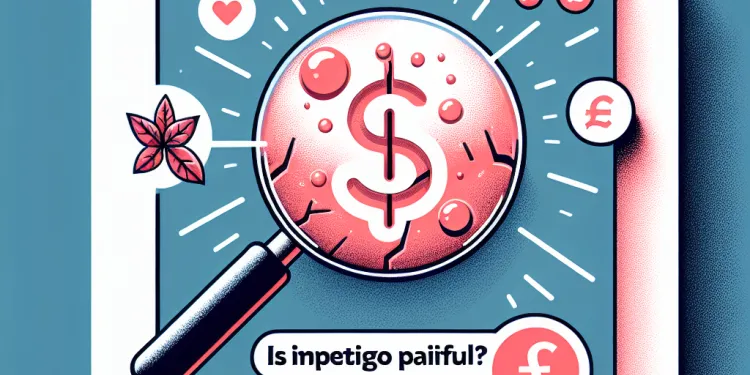
Is impetigo painful?
Relevance: 98%
-
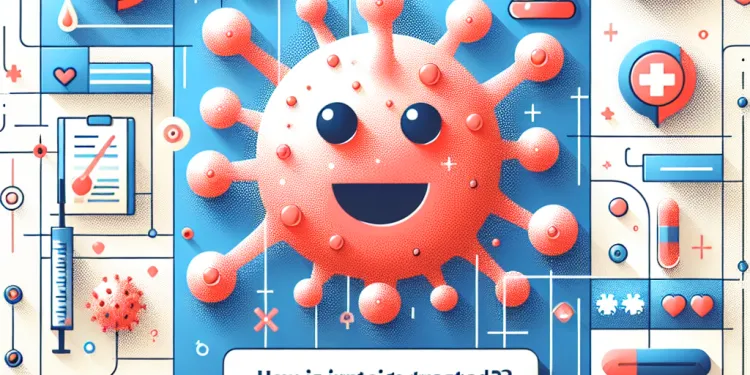
How is impetigo treated?
Relevance: 95%
-
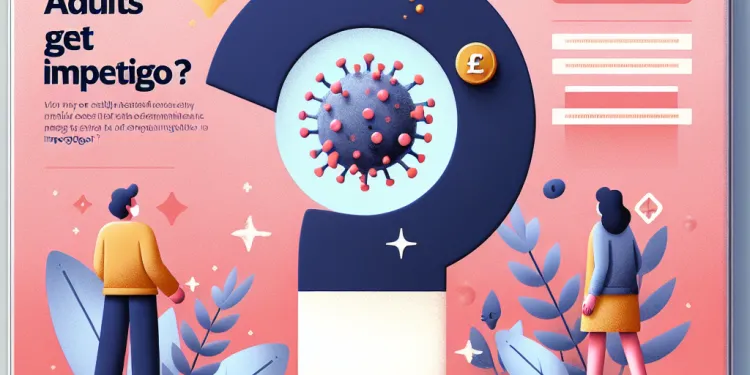
Can adults get impetigo?
Relevance: 92%
-

Can impetigo become serious?
Relevance: 92%
-
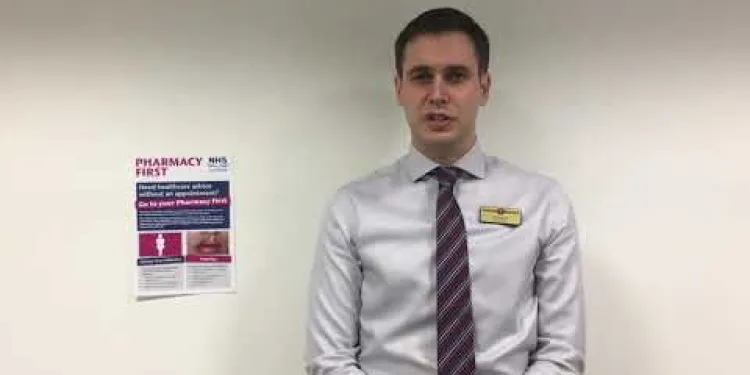
Pharmacy First – Impetigo Service
Relevance: 91%
-
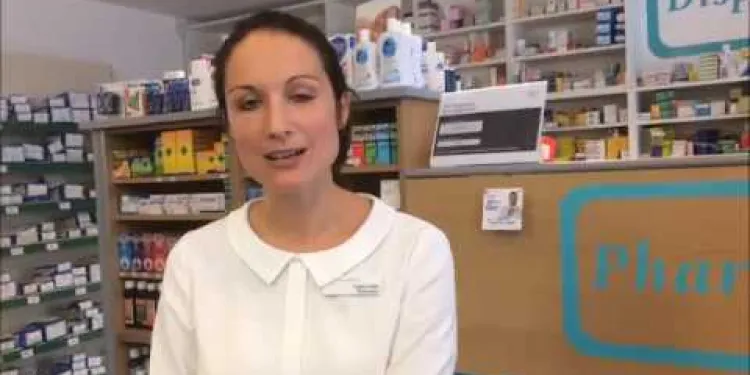
Minor ailment scheme - Impetigo
Relevance: 91%
-
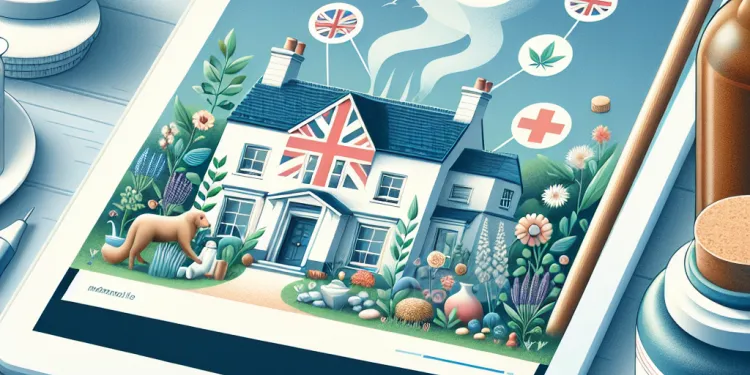
Are there any home remedies for impetigo?
Relevance: 90%
-

How can I tell if I have impetigo?
Relevance: 89%
-

How can I prevent the spread of impetigo?
Relevance: 87%
-

Can I get impetigo more than once?
Relevance: 86%
-

When should I seek medical help for impetigo?
Relevance: 85%
-

How long does it take for impetigo to heal?
Relevance: 85%
-
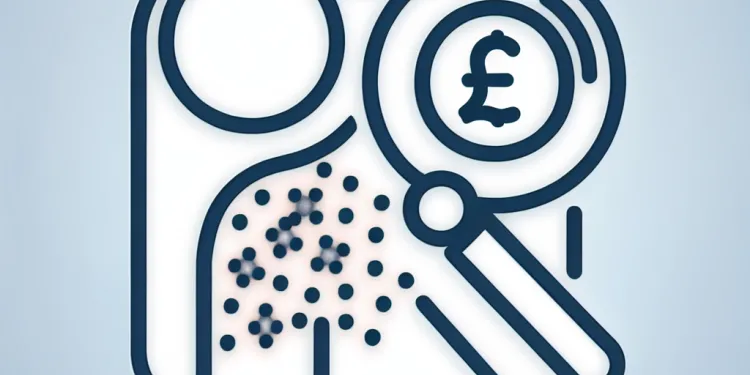
Can impetigo spread to other parts of my body?
Relevance: 85%
-

What should I do if my child has impetigo?
Relevance: 60%
-
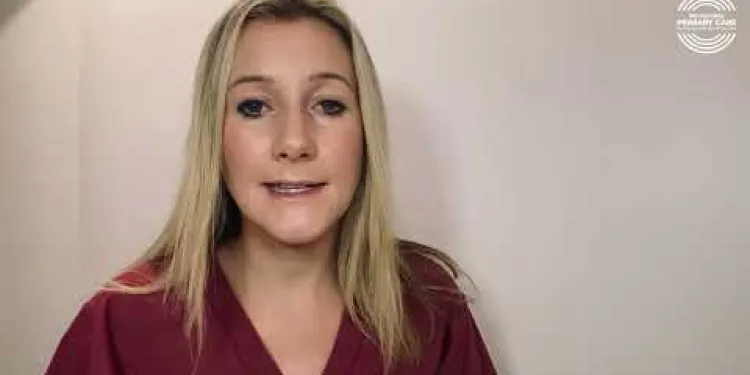
Group A strep: North East GP tells you what you need to know
Relevance: 14%
-

What are the complications of chickenpox?
Relevance: 13%
-

What are the symptoms of a cold sore?
Relevance: 7%
Minor Ailment Scheme - Impetigo
Introduction to Impetigo
Impetigo is a common and highly contagious skin infection predominantly affecting children, although adults can also be affected. It is caused by bacteria, typically Staphylococcus aureus or Streptococcus pyogenes. The infection often manifests as red sores or blisters that rupture, ooze, and then form a yellow-brown crust. Impetigo is usually more prevalent in warmer months, inhabiting environments where close contact is frequent, such as schools and nurseries.The Importance of the Minor Ailment Scheme
The Minor Ailment Scheme is an NHS initiative designed to reduce the burden on GP practices by allowing patients to receive treatment for common, minor health conditions like impetigo from their local pharmacy. This service is ideal for individuals who may have difficulty securing GP appointments promptly for conditions that are minor yet uncomfortable. By utilising the scheme, patients can access effective over-the-counter treatments and professional advice without the need for a prescription.Treatment for Impetigo under the Scheme
Under the Minor Ailment Scheme, pharmacists in the UK can offer guidance and supply over-the-counter medicines for impetigo. Treatments may include antiseptic creams or antibiotic ointments such as fusidic acid, which help eliminate the bacterial infection. In more persistent cases, oral antibiotics may be recommended, though typically this would require a GP’s prescription. The pharmacist may also advise on hygiene measures to prevent the spread of the infection to others.How to Access the Minor Ailment Scheme
To utilise the Minor Ailment Scheme in the UK, patients should visit a participating pharmacy. During the visit, the pharmacist will assess the symptoms and provide the appropriate treatment. The scheme is particularly beneficial for those exempt from prescription charges, such as children under 16, people over 60, and individuals with certain medical conditions. This accessibility ensures that effective treatment for impetigo is available to all sections of the community without financial barriers.Preventing the Spread of Impetigo
Preventative measures are crucial in managing the spread of impetigo. Good personal hygiene and regular washing of hands and affected areas can significantly reduce transmission. Avoiding the sharing of towels, bedding, and personal items also helps mitigate risks. Following the pharmacist’s advice on treatment and hygienic practices plays a vital role in preventing the infection from spreading further, especially in communal and susceptible environments. This HTML content provides an informative overview of impetigo and the Minor Ailment Scheme, tailored for readers in the UK.Minor Ailment Scheme - Impetigo
Introduction to Impetigo
Impetigo is a contagious skin infection. It mostly affects children, though adults can get it too. Impetigo is caused by bacteria. This bacteria can make red sores or blisters on the skin. These sores can burst and form a yellow-brown crust. Impetigo happens more often in warm weather. It spreads easily in places like schools and nurseries where people are close together.The Importance of the Minor Ailment Scheme
The Minor Ailment Scheme is a plan by the NHS. It helps people get treatment for minor health problems like impetigo at the pharmacy. This means you do not have to wait for a GP appointment. At the pharmacy, you can get medicine and advice without a prescription.Treatment for Impetigo under the Scheme
Pharmacists in the UK can help treat impetigo. They can give you medicine like creams or ointments. These help kill the bacteria causing the infection. Sometimes, if the infection is bad, you may need pills from your GP. The pharmacist can also tell you how to keep clean so you do not spread the infection.How to Access the Minor Ailment Scheme
To use the Minor Ailment Scheme, go to a pharmacy that takes part. The pharmacist will check your symptoms and give you treatment. This scheme is free for some people, like children under 16 and people over 60. This makes it easier for everyone to get treated for impetigo.Preventing the Spread of Impetigo
It is important to stop impetigo from spreading. Wash your hands and skin often. Do not share towels, bedding, or personal items with others. Listen to the pharmacist's advice on keeping clean. This helps stop the infection from spreading, especially where lots of people are together. Using plain language and short sentences helps everyone understand better. If you find reading hard, tools like text readers can be helpful.Frequently Asked Questions
What is impetigo?
Impetigo is a common and highly contagious skin infection that mainly affects infants and young children. It is caused by bacteria, typically Staphylococcus aureus or Streptococcus pyogenes.
What are the symptoms of impetigo?
Symptoms of impetigo include red sores or blisters that rupture, ooze, and then form a yellow-brown crust. These sores are often itchy but not painful.
How is impetigo spread?
Impetigo spreads through close contact with an infected person or by touching items that have been contaminated with bacteria, such as towels, clothes, or toys.
Who is at risk of getting impetigo?
Children between 2 and 5 years old are at the highest risk, but impetigo can affect people of all ages. It is more common in warm and humid conditions.
How is impetigo diagnosed?
A healthcare professional can diagnose impetigo by examining the skin. In some cases, a sample from the sore may be taken to determine the type of bacteria causing the infection.
What treatments are available for impetigo?
Treatment for impetigo typically involves antibiotic ointment or cream applied directly to the sores. In more severe cases, oral antibiotics may be prescribed.
Is impetigo serious?
While impetigo is usually not serious and can be successfully treated, it should be addressed promptly to prevent spreading and complications, such as cellulitis.
Can impetigo be prevented?
Preventive measures include good personal hygiene, regular handwashing, not sharing personal items, and keeping wounds clean and covered.
How long does it take for impetigo to heal?
With treatment, impetigo typically clears up within 7 to 10 days. Without treatment, it may persist and spread.
Can adults get impetigo?
Yes, although it is more common in children, adults can also contract impetigo, especially if they have weakened immune systems or skin conditions.
Should children with impetigo stay home from school?
Yes, children with impetigo should stay home from school or nursery until they have been treated for at least 48 hours or the sores have dried and crusted over.
Is impetigo connected to other skin conditions?
Impetigo can occur in previously healthy skin or as a secondary infection on top of other skin conditions like eczema or insect bites.
What should be done if impetigo keeps recurring?
If impetigo recurs frequently, consult with a healthcare provider to identify potential underlying issues, and consider taking steps like thoroughly cleaning household items to remove bacteria.
Are there any complications associated with impetigo?
While rare, complications can include cellulitis, kidney inflammation (post-streptococcal glomerulonephritis), and scar formation.
When should one seek medical help for impetigo?
Seek medical help if impetigo symptoms worsen, do not improve with treatment, or if there are signs of a more serious infection, such as fever or swelling.
What is impetigo?
Impetigo is a skin infection. It makes red, itchy spots on the skin. It can look like small blisters or sores. Impetigo is contagious, meaning it can spread to others.
Here are some tips to help understand this better:
- Look at pictures online to see what impetigo looks like. This can help you recognize it.
- Ask a grown-up or doctor if you have questions. They can help explain it to you.
- Remember to wash your hands often. This helps to stop impetigo from spreading.
Impetigo is a skin infection. It spreads easily from one person to another. It mostly happens to babies and young kids. It is caused by germs. The germs are called Staphylococcus aureus and Streptococcus pyogenes.
What are the signs of impetigo?
Impetigo is a skin infection. You might see:
- Red spots on the skin.
- Sores or blisters that break open easily.
- Crusty, yellow scabs on the skin.
- Itchy skin.
If you think you have impetigo, tell a grown-up or a doctor.
Using pictures or showing real examples can help you understand better. Ask someone to read it with you if needed.
If you have impetigo, you might see red sores or blisters on your skin. These can burst open and leak a liquid. After that, they get a yellow-brown crust on top. The sores can make your skin feel itchy, but they don't hurt.
If reading is hard for you, tools like audiobooks or text-to-speech apps can help by reading the text aloud. You can also ask someone to read with you or help you understand.
How does impetigo spread?
Impetigo can spread from person to person. It can spread if you touch someone who has it, or by sharing things like towels or toys. To stop it from spreading, wash your hands often and don't share personal items. If you have a sore, cover it with a bandage.
You can use pictures or videos to help understand. Talking to someone can also help if you have questions.
Impetigo is a skin problem. It can spread when you touch someone who has it. It can also spread if you touch things with germs on them, like towels, clothes, or toys.
Who can get impetigo?
Some people can get impetigo easier than others. This can be:
- Children, because they play and touch each other a lot.
- People with cuts or bites on their skin.
- Those with other skin problems, like eczema.
- People who live in crowded places.
- Anyone who touches someone with impetigo.
Helpful tips: Keep your hands clean, try not to touch sores, and use tissues to cover sneezes or coughs.
Children who are 2 to 5 years old are most likely to get it, but anyone can have impetigo. It happens more when the weather is warm and wet.
How do doctors know if you have impetigo?
A doctor can tell if you have impetigo by looking at your skin. Sometimes, they might take a little bit from the sore to see what kind of germs are causing the infection.
What can help if you have impetigo?
Impetigo is a skin infection. Here are some ways to help:
- See a doctor: They can give you medicine to help your skin get better.
- Keep clean: Wash your hands and the infected skin gently with soap and water.
- Use creams: Your doctor might give you special creams to put on the rash.
- Avoid touching: Try not to touch or scratch the sore spots.
- Keep nails short: Trim your nails to stop spreading the germs.
- Change clothes daily: Wear clean clothes each day.
If you have problems reading or remembering, ask someone you trust to help you.
To treat impetigo, you usually put special medicine on the sores. This medicine is a cream or ointment with antibiotics. Sometimes, if the impetigo is worse, the doctor might give you antibiotic medicine to swallow.
Is impetigo serious?
Impetigo is a skin infection. It can make your skin red and sore.
It is important to see a doctor. They will help make it better.
Sometimes, impetigo can spread. So, wash your hands a lot and do not touch the rash.
To feel better, you can use these tools:
- Ask someone to help you read.
- Use pictures to understand better.
Impetigo is a skin infection. It is not very serious. It can be treated successfully. But you should get it treated quickly. This stops it from spreading. It also stops other problems, like cellulitis.
How can we stop getting impetigo?
To stay healthy, you can do these things:
- Wash your hands often with soap and water.
- Keep yourself clean.
- Do not share your things with other people.
- If you have a cut or sore, keep it clean and covered with a bandage.
Using reminders, like a chart or alarm, can help you remember to wash your hands and check your cuts.
How long does it take for impetigo to get better?
Impetigo is a skin infection. It makes your skin red and sore.
It usually goes away in about 1 to 2 weeks with medicine from a doctor.
To help you get better:
- Wash your hands often.
- Don't touch the sore skin.
- Keep cuts and scrapes clean.
Ask someone to help you read or understand if you need it. Getting help is good!
When you get medicine, impetigo can go away in 7 to 10 days. Without medicine, it might last longer and spread to other places.
Can grown-ups get impetigo?
Yes, grown-ups can get impetigo. It is a skin infection. It can make red sores on the skin.
If you think you have it, go to the doctor. They can help you feel better.
You can use pictures or talk with someone if reading is hard. This can help you understand better.
Yes, adults can get impetigo too. It's usually seen in children, but grown-ups can catch it, especially if they have other health problems or skin issues.
Should children with impetigo stay home from school?
Impetigo is a skin infection. It makes skin red and itchy. Children with impetigo should stay home.
This helps stop other kids from getting sick. Kids can go back to school when a doctor says it is okay.
Here are some tips to help:
- Wash hands often.
- Use a tissue to cover sneezes or coughs.
- Do not share towels, clothes, or toys.
If a child is itchy, they can try not to scratch. Scratching can make it worse.
Yes, children with impetigo should stay home from school or nursery.
They can go back after they have had medicine for 2 days, or when the sores are dry and crusted.
Use soap and water to gently clean the sores. This can help them heal faster.
Does impetigo have links to other skin problems?
Impetigo can happen on healthy skin. It can also happen if you already have skin problems like eczema or insect bites.
What to do if impetigo keeps coming back?
If someone keeps getting impetigo, talk to a doctor. The doctor can help find out why it keeps coming back. You can also try cleaning things at home really well to get rid of any germs.
Can impetigo cause other problems?
Impetigo is a skin infection. It can sometimes lead to other problems. Using simple words can help you understand more about it. Here are some tips and tools to help:
- Plain Language: Simple words are easier to understand.
- Pictures: Looking at pictures can help explain things better.
- Ask for Help: If you don't understand, ask a parent or teacher to explain.
If impetigo is not treated, it might cause more itchy skin or spread to other people. It is important to see a doctor and get medicine to stop it.
Problems can happen, but they do not happen often. Some problems are skin infection called cellulitis, swelling of the kidneys, and scars on the skin.
When should you get help from a doctor for impetigo?
Impetigo is a skin problem. It can make your skin itchy and sore.
Here are times you should see a doctor:
- If you have a rash that is red, itchy, or has blisters.
- If the rash spreads to other parts of your body.
- If you feel very sick or have a fever.
- If the rash does not get better after a few days.
You can use pictures or videos to help explain how it looks.
Ask for help with reading if you find it hard. Someone can read it to you.
Go to the doctor if:
- The impetigo gets worse.
- The impetigo does not get better after taking medicine.
- You have a fever or swelling.
These might mean there is a big problem.
Useful Links
- Ergsy carfully checks the information in the videos we provide here.
- Videos shown by Youtube after a video has completed, have NOT been reviewed by ERGSY.
- To view, click the arrow in centre of video.
- Most of the videos you find here will have subtitles and/or closed captions available.
- You may need to turn these on, and choose your preferred language.
- Go to the video you'd like to watch.
- If closed captions (CC) are available, settings will be visible on the bottom right of the video player.
- To turn on Captions, click settings .
- To turn off Captions, click settings again.
More Items From Ergsy search
-

Is impetigo contagious?
Relevance: 100%
-

Is there a vaccine for impetigo?
Relevance: 99%
-

Is impetigo painful?
Relevance: 98%
-

How is impetigo treated?
Relevance: 95%
-

Can adults get impetigo?
Relevance: 92%
-

Can impetigo become serious?
Relevance: 92%
-

Pharmacy First – Impetigo Service
Relevance: 91%
-

Minor ailment scheme - Impetigo
Relevance: 91%
-

Are there any home remedies for impetigo?
Relevance: 90%
-

How can I tell if I have impetigo?
Relevance: 89%
-

How can I prevent the spread of impetigo?
Relevance: 87%
-

Can I get impetigo more than once?
Relevance: 86%
-

When should I seek medical help for impetigo?
Relevance: 85%
-

How long does it take for impetigo to heal?
Relevance: 85%
-

Can impetigo spread to other parts of my body?
Relevance: 85%
-

What should I do if my child has impetigo?
Relevance: 60%
-

Group A strep: North East GP tells you what you need to know
Relevance: 14%
-

What are the complications of chickenpox?
Relevance: 13%
-

What are the symptoms of a cold sore?
Relevance: 7%


